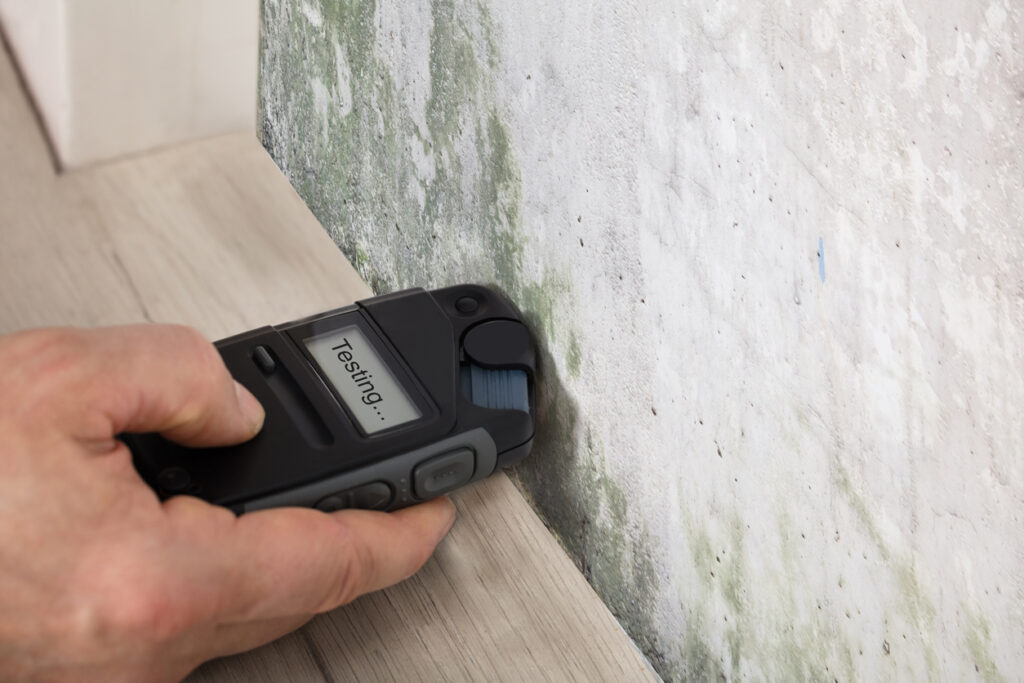
Mould damage is more than an eyesore; it poses health risks and structural concerns in commercial buildings. Understanding its symptoms and risks can help property managers take timely action.
Common Symptoms of Mould Damage
Early detection is key to preventing extensive mould damage. Look for these symptoms in your commercial property:
- Visible Discoloration: Dark or greenish patches on walls, ceilings, or tiles
- Musty Odor: Persistent, unpleasant smells that are difficult to mask
- Water Stains or Damp Spots: Indicators of hidden moisture, especially around pipes or ceilings
- Condensation Buildup: Frequently seen on windows and walls, suggesting excessive moisture
- Peeling or Bubbling Paint: Signals moisture problems that could lead to mould
- Increased Health Complaints: Occupants experiencing respiratory symptoms like coughing, sneezing, or irritation
Risks of Mould Damage for Commercial Properties
Mould can lead to serious issues if left unchecked, impacting property safety, occupant health, and business operations:
- Structural Compromise: Mould weakens structural materials, increasing repair costs.
- Health Risks: Exposure aggravates asthma, allergies, and respiratory conditions.
- Damaged Equipment and Assets: Mould affects carpets, furniture, and stored items.
- Legal and Financial Liabilities: Potential lawsuits and insurance issues arise from mould-related health complaints.
Prevention Strategies for Mould in Commercial Spaces
Preventing mould in commercial spaces requires proactive management. Implement these steps to protect your property:
- Maintain Low Humidity: Keep indoor humidity below 60% with dehumidifiers or HVAC adjustments.
- Regular Inspections: Conduct thorough inspections, especially in areas prone to moisture, like basements and bathrooms.
- Ventilation Control: Ensure proper ventilation in high-moisture areas, such as kitchens and bathrooms.
- Waterproofing: Reinforce foundations, roofs, and windows to prevent leaks.
- Prompt Repairs: Address leaks in plumbing or roofing immediately to prevent water buildup.
- Routine Cleaning: Use mould-resistant cleaning solutions on frequently damp surfaces.
How to Properly Dry Out a Commercial Property After Flooding
Flood damage often leads to secondary issues like mould. Drying out a property correctly after a flood reduces the chance of mould growth:
- Remove All Standing Water: Use pumps or vacuums to extract visible water quickly.
- Deploy Dehumidifiers: Reduce moisture in the air and walls to speed drying.
- Increase Airflow: Use industrial fans to circulate air in affected areas.
- Check HVAC Systems: Run HVAC systems to help manage humidity levels.
- Dispose of Damaged Materials: Remove soaked carpets, drywall, or insulation that cannot be salvaged.
- Monitor Moisture Levels: Use moisture meters to ensure areas are completely dry before restoration.
Take Action Against Mould Damage in Your Commercial Property
Preventing and managing mould damage is essential to protecting the value and safety of your commercial space. If you suspect mould issues or need professional remediation, reach out to Touch With Care for reliable expertise and support.


